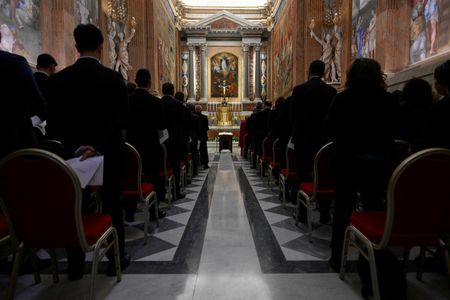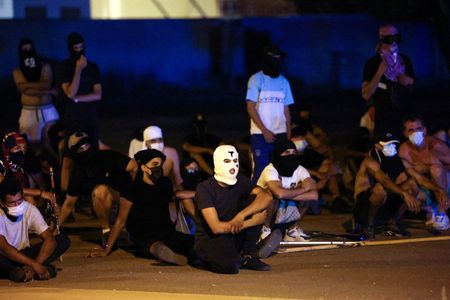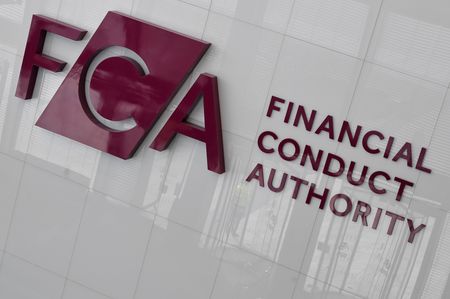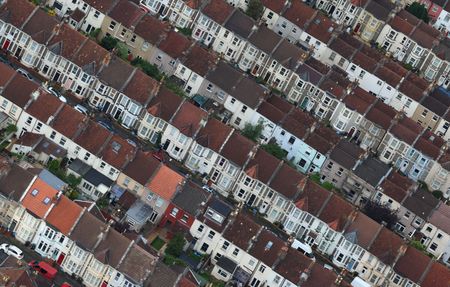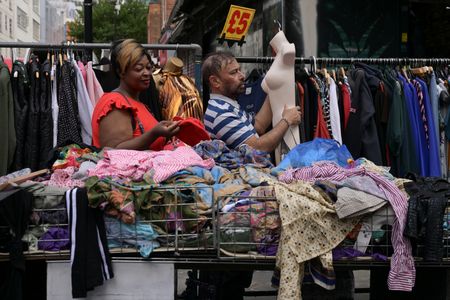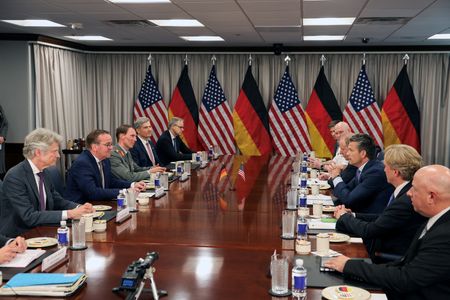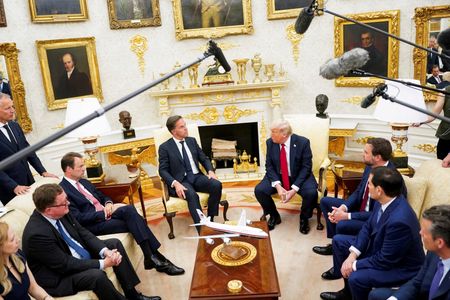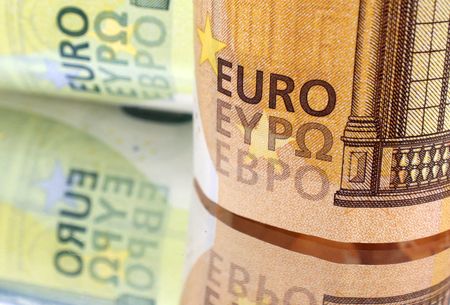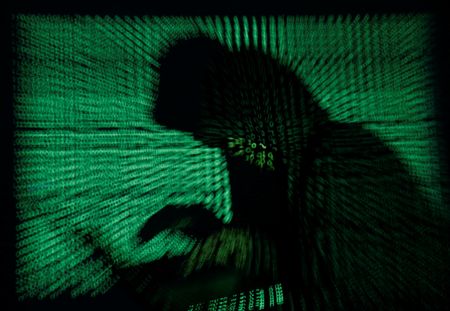By Joshua McElwee
VATICAN CITY (Reuters) – When Cardinal Jorge Mario Bergoglio emerged onto the balcony of St. Peter’s Basilica after the conclave of March 2013, few outside his native Argentina knew who he was or what kind of pope he might be.
When his papal name was announced, things became much clearer.
Taking the name of the 13th century St. Francis of Assisi, Bergoglio laid out a plan for his papacy.
St. Francis had rejected wealth and wanted to care for the poor. He had taken care of animals and the environment and appealed movingly against the wars of his time. These traits would become key themes of the 12-year papacy of Pope Francis.
With 133 Catholic cardinals due to start their conclave on Wednesday to elect Francis’ successor, the world awaits the moment when the new pontiff emerges onto that balcony. What name will be announced? What signal will it send?
John, the most common name chosen by past popes and a name Francis often suggested as one for his successor, would evoke a major figure of the 1960s.
Pope John XXIII (1958 to 1963) was known as a gregarious, smiling man, often referred to as “The Good Pope”.
He helped work behind the scenes to de-escalate the Cuban Missile Crisis and called the Second Vatican Council, a three-year assembly of the world’s Catholic bishops that led to major reforms for the global institution.
Choosing the name Paul could honour Pope Paul VI (1963 to 1978), who came after John XXIII and was widely seen as a more cautious figure. He is generally seen as a careful consolidator, who firmed up some of John’s reforms but also gave clear doctrinal answers.
Paul VI, for instance, was the author of a 1968 letter that broadly banned Catholics from using birth control.
Some cardinals say quietly that after Pope Francis, a new Pope Paul is exactly what is needed. Francis, the first pope from the Americas, was not always focused on clear doctrine and even made controversial decisions like allowing priests to bless same-sex couples on a case-by-case basis.
ANOTHER DOUBLE PAPAL NAME?
Other popular papal names have included Gregory, Clement, Leo and Pius.
There is also Benedict, which could honour Francis’ conservative predecessor, Benedict XVI. Or it could honour Benedict XV (1914 to 1922), who spent his papacy pleading with European leaders to end the bloodshed of World War One.
A new pope could decide to be called Francis II, which would be taken as a clear signal that the new pontiff planned to continue with a similar agenda to the late pope.
Cardinal Albino Luciani, elected pope in 1978, decided he could not pick just one name. He chose John Paul, to honour both of his immediate predecessors.
When Luciani died only 33 days later, the next pope, Cardinal Karol Wojtyla, chose John Paul II (1978-2005), honouring all three most recent popes.
The new pope could also choose a double name. Something like John Francis would evoke the reforms of the 1960s and the global attraction of Francis, whose funeral and burial procession brought out crowds in Rome of some 400,000.
(Reporting by Joshua McElwee; Editing by Crispian Balmer and Janet Lawrence)

